How to Draw Terrace Farming Drawings Flower Drawing Beginners Easy Steps
Terrace gardening helps increase soil fertility and retain moisture in the soil. Terrace gardening saves you money – you don't have to spend money on groceries from the store when you can garden at home. Terraces reduce the amount and velocity of water on the soil surface, significantly reducing soil erosion. Thus terracing allows a much tighter crop than would otherwise be possible.
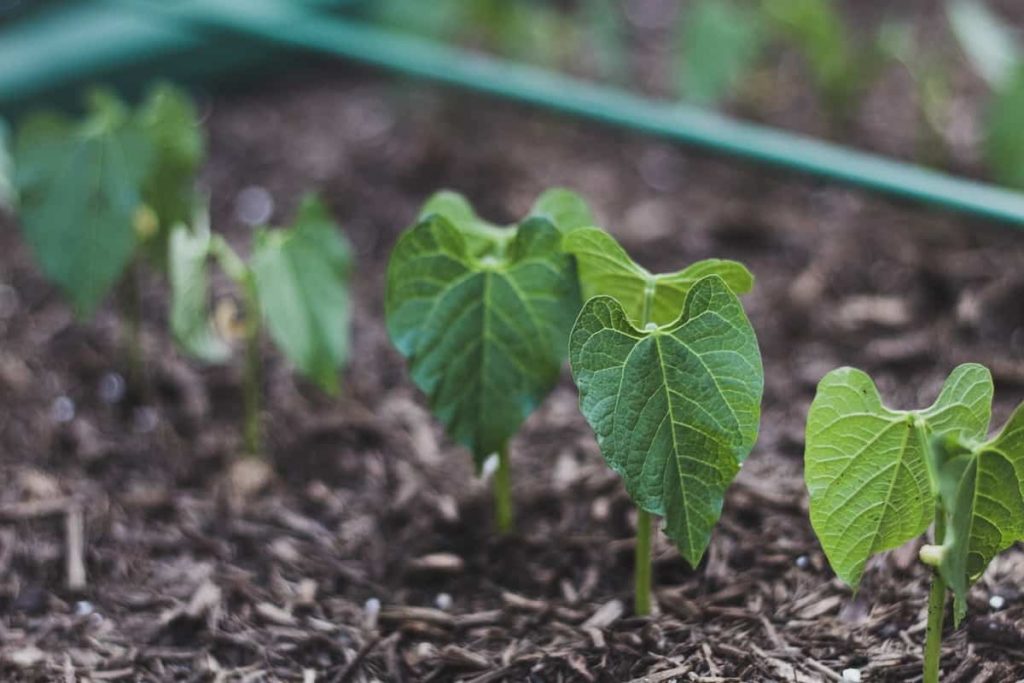
You can garden beautifully in large terraced spaces, houses with lawns, and even small apartment porches or balconies. Depending on your space's layout and size, you can take advantage of several rooftop garden ideas. This post will discuss some of the best ways to get the most out of your terrace garden.
15 key rules for successful terrace farming/gardening
Key rules for selecting tools for terrace farming
These gardening tools will be important for starting working on your terrace garden. You can stick to these gardening tools and save yourself and your wallet the dreaded trip to the garden store. These tools will help you get off to a strong start.
- Trowel
- Hose Pipe or watering can
- Shovel
- Gardening rake
- Pruning shears
Rules to build successful terrace farming
- Creating a terrace garden helps keep your home cool, which is excellent for people living in tropical areas. All the plants growing on your roof will create a micro-environment and lower the temperature of the space. In addition, growing your food will help you ensure the excellent quality food you eat daily.
- Setup: Before you start using your gardening skills, make a rough sketch of your rooftop garden.
- Plan how you want to plant your vegetables. Whether planting them in containers, raised beds, or using vertical space on your roof. You can also arrange to sit in the middle of your garden to get your daily dose of nature. Let's take a look at some terrace gardening tips for vegetables like Tomatoes, Onions, Pumpkins, Beans, Spinach, and Chillies.
- A rooftop garden can offer many advantages over a traditional garden. For one, it can be very easy to maintain. In addition, a roof garden is less likely to be damaged by pests and diseases. Roof barriers can help keep out harmful insects and animals, and the elevated location prevents stagnant water from accumulating around plant roots.
Key features of terrace farming for more production
- Terrace farming can help control the heat in the building, reducing the internal temperature.
- Terrace gardens can act as excellent insulators for your building during different seasons.
- You have more control over how you landscape your garden and how they are used (especially in the case of pesticides and harmful chemicals).
- It helps you stay active as it requires a fair amount of physical work.
- Your terrace garden design can also serve as a habitat or ecosystem for certain birds and animals. As a result, it can help reduce your overall carbon footprint.
- Check for shaded areas and places with the most sunlight during the day.
Purpose of organic terrace farming for reducing the production cost
All terracing techniques allow farmers to retain or divert water and reduce the steepness of the hillside. In effect, terrace farming aims to hold water in a defined channel and divert it through erosion-preventing pits or underground pipe outlets. It proves the effectiveness of terracing in preventing erosion and contributing to soil conservation. To start going organic, try growing your produce on coco-peat and later on to a soil mix for more complex gardening.
In case you missed it: Indian Gardening in the USA: For Home, Containers, Backyard, Vegetables, Flowers, Herbs, and Fruits
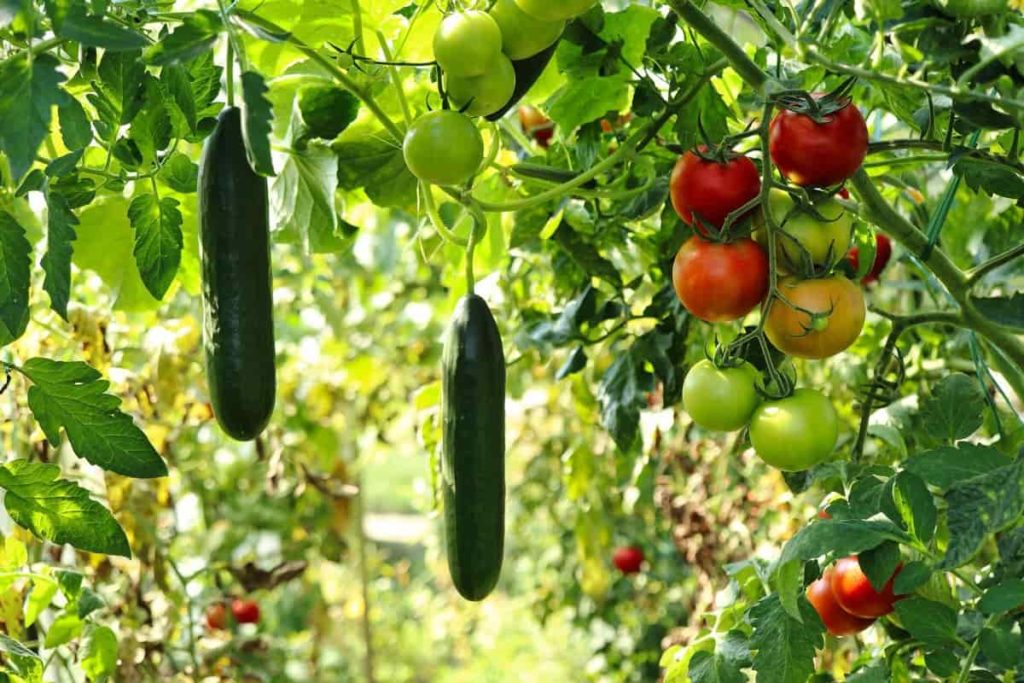
While it's easy to grow leafy salad greens and seasonal potted flowers on a terrace or terrace garden, growing trees requires a lot of care, especially with used soil. The soil should be very light but rich in nutrients and not waterlogged. Therefore, porous additives such as coco peat and perlite are necessary to improve drainage.
Terrace farming ideas to improve agricultural production
Roofs are made up of cut and fill areas. Cultivable land can be expanded by filling the area, thus making it possible to grow crops on a large scale in hilly areas. Ridges or embankments play an important role in holding back runoff and field water. Restore low areas by adding soil and re-establishing grass cover. Practice good tillage techniques in the future and avoid moving soil over the roof's edge. Also, check for excessive upslope erosion, which can lead to sediment deposits in the terrace channel.
- Prepare the area – Since terrace gardens require a lot of water, it's a good idea to waterproof the floor so that the roofs don't leak. If you're planning to start with small terrace garden design ideas—on your balcony—make sure your drain outlet is in order.
- Design your terrace garden layout -. Additionally, ensure the setting you choose is conducive to your plant selection, as some plants don't need as much sunlight as others. It will affect their placement before finalizing your layout.
- Choose your plants – Terrace garden ideas for beginners suggest going for plants that are relatively easy to maintain. Once you have time to grow them, you can start diversifying your greens selection. Chili and Coriander are some fast-growing plants that can grow by themselves. Likewise, plan your plant selection around your setting and use structural elements to your advantage. An example of terrace garden ideas that you can incorporate into an existing structure is using creeper plants on existing poles or grills.
- Care for your new garden – Make sure you use nutrient-rich soil for your terrace garden to promote healthy growth. Depending on the nature of your plants, you'll need to do routine maintenance checks to ensure they're growing well.
Effective rules in soil preparation for a terrace farming
A proper soil mix requires equal amounts of regular soil, composted coir peat (or sand), and vermicomposting. After heavy rains, ensure you add essential nutrients to the soil because the water washes them away. You can fertilize every week to ensure the soil has enough nutrients. An ideal potting mix for container farming should include garden soil, coco peat, compost, vermicomposting, and perlite. A general recipe for potting flowers and vegetables suitable for our climate is:
- 23 liters coco peat
- 17 liters perlite
- 23 liters compost
- 4 liters of garden soil
- 375 milliliters of any granular, complete, organic compost
The gardener knows that healthy soil is important to growing healthy plants on a terrace. Not only does it provide essential nutrients and support for the roots, but it also helps regulate moisture levels and prevent weed growth. The ideal soil for a terrace garden should be neither too compact nor too light. Soil texture should be balanced; loose soil that can retain moisture is good for plants.
Feed your soil with organic fertilizers regularly. Important nutrients can be washed from your roof garden soil with rain. Therefore, they must be fertilized for good production. Avoid using chemical fertilizers as they will not only get into your system but also harm the good bacteria and microbes in your soil.
Container selection for getting more production in terrace farming
Many people think gardening is only possible if you have a yard, but that's not the case. Roof gardens can be an excellent way to add some green space to your home and can be surprisingly easy to maintain. One of the main keys to successful terrace gardening is using containers to maximize space. Choose deep enough pots to support your plants' roots, and use a high-quality potting mix.
To maximize space on your terrace, use clay pots, cement pots, grow bags, hanging pots, or indoor plant stands instead of digging up the floor. You can create a vertical garden by placing pots on walls or trellises. You can also consider using self-watering containers, which can help reduce the time you need to water your plants. You can make a beautiful garden on your roof with a little planning.
Ideas for successful terrace farming
Flower beds on the terrace
- Small flower beds can be made directly on the roof. It can be accomplished by placing soil between the parapet and the inner side wall. Learn more about creating beautiful flower beds.
- Moisture-resistant wooden shuttering, stone, or brick can be used to construct the inner wall of the flower bed.
- Annual flowers for terrace gardens include Anthuriums, Stocks, Sweet Peas, Pansies, Dahlias, Chrysanthemums, Marigolds, Alyssum, Phlox, Dianthus, and Verbena.
Go Vertical
- Since rooftop gardening space is limited, it's a good idea to encourage vertical gardening.
- The roof gardener should add more climbers and trailers to their garden.
- Some of which may mount to supporting pillars or decorative arches, while others may mount to the top of the boundary wall, concealing the brick and concrete, and hand over the sides of the building. Passion Flower, Thunbergia, Railway Creeper, Bougainvillea, Climbing Roses, and other attractive Creepers
- Hanging baskets are an essential part of the terrace garden.
- Various baskets containing flowers or foliage plants can be effectively displayed at strategic locations.
In case you missed it: How to Water Your Garden with Solar Power: For Home Gardening, Greenhouse, Polyhouse, and Outdoor
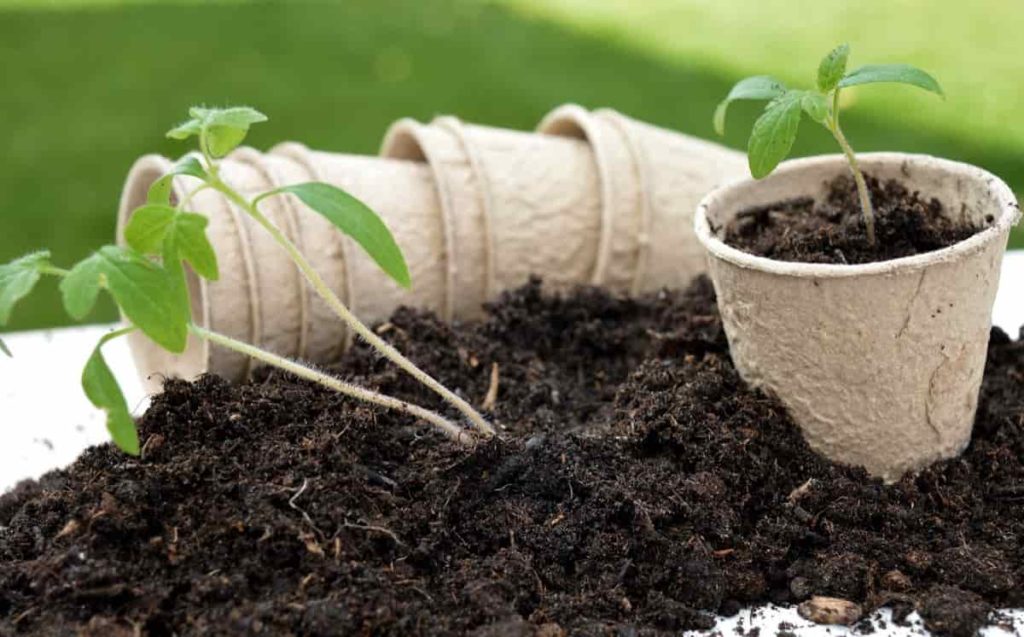
Grow Medicinal Plants
You can easily grow many types of medicinal plants on your terrace garden and a rooftop farm. Some medicinal plants grow well in terrace farming like Neem, Basil (tulsi), Aloe Vera, Betel Leaf, Bishop Weed, and Celery. All plants need sunlight to grow. Different plants have different sunlight needs, so you should place them in the garden according to their sunlight needs. All flower, fruit, and vegetable plants need a lot of sunlight, so place them where they get the most sunlight. Remove weeds from pots regularly as they steal nutrients from your plants.
Key rules for selecting crops grown in terrace farming
- Terrace farming is a variety of species depending on productivity in hilly land. Mainly medicinal, grains, legumes, and culinary herbs, nuts, fruits, vegetables, berries, etc., are examples of common crops grown by terrace farming. Along with this, Apples, Rice, Saffron, Millets, Corn, Wheat, etc., are also growing well.
- In particular, common crops grown through rooftop farming include Wheat, Buckwheat, Corn, Rice, Millet, Saffron, Black Cumin, Pulses, Apples, etc.
- Best rooftop vegetable gardens – Small vegetables to grow in a rooftop vegetable garden are the best thing. Choosing hearty, low-maintenance plants means that rooftop owners will see the fruits of their labor in just a few minutes a day. Rooftop gardens such as Tomatoes or Cucumbers are great because they are easy to maintain. Okra, Eggplant, and Chilies also require less effort and more reward for those who are busy growing food on their rooftops and living more sustainably.
- Best rooftop herb gardens – Herbs can be an excellent rooftop plant for any garden, as they are both beneficial and decorative. Herbs that thrive in direct sunlight that most terraces offer are thyme, Rosemary, Sage, and Lavender. There are even other alternatives like mint and lemongrass that don't require as much attention to watering.
- Best flower terrace gardens – Annuals are a great option for rooftop gardens. Annual flowers can be very low maintenance, especially Hyacinths or Tulip bulbs. For the more adventurous, boxes of Hibiscus or Roses make excellent additions.
Key rules of starting a vertical terrace container garden
- Tower Gardens – As the name suggests, a tower garden is a layered structure on which pots/planters/grow bags are placed. It can be a wooden, plastic, or metal structure and comes in many designs.
- Hanging gardens – Range from hanging baskets, grow bags, or pots to pots hanging on walls or balcony railings; the hanging gardens make a beautiful sight.
- Green wall – Plant perennial vines to grow on the wall. Thus, clinging vines will dress your wall in green, which is why many people desire it.
- Ladder shelving – A very simple way to have a vertical garden is to put ladders against a wall and plant them. 3-4 tiered garden stands are also available.
- Utilizing vertical space – Use your vertical space wisely to double your roof. Make a plan for how you should do this. If you have walls, hang planters on them. Plant tall varieties of vegetable bushes and vines such as beans, squash, gourds, and tomatoes near walls and railings. This way, they will not only get support but also extend outwards and upwards, and you will save a lot of space.
Effective ideas for profitable terrace farming
Terrace farming is usually done for better efficiency, as it prevents the loss of nutrients in the soil. The invention of terrace farming has helped the hilly areas to grow essential food. Terrace farming has many great advantages. Rooftops get plenty of sun, and gardening is therapeutic and will help you connect with nature. In addition, the garden will absorb carbon dioxide and help reduce heat around your home.
In case you missed it: How to Start Hydroponic Farming/Gardening from Scratch in India: A Step-By-Step Guide for Beginners
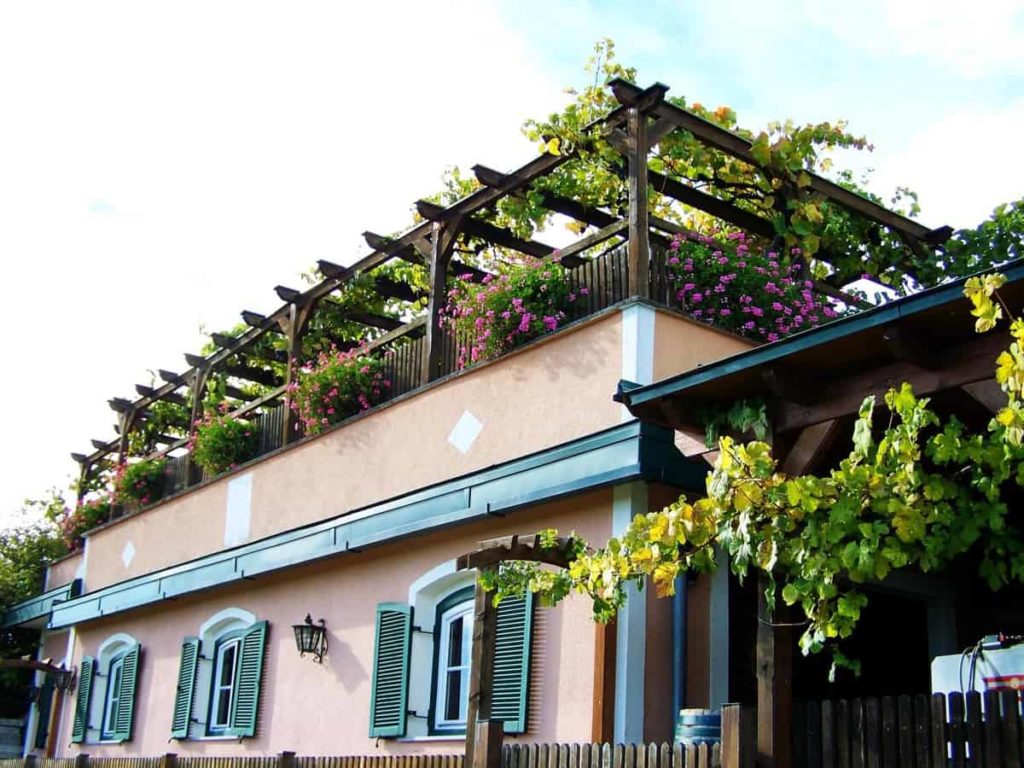
Terrace gardening is not only a profitable hobby but also beneficial in terms of physical exercise, better utilization of space, and time, environmental cleanliness, recycling of household waste, etc.
Build Raised Beds – It's a good idea to build beds adjacent to the ceiling walls. You can add wooden raised beds or metal beds. You can create concrete raised beds and grow tall shrubs and small trees if you like. Make sure you use a waterproofing membrane and put in a thick barrier to stop roots and damage to the roof. Another idea is to build raised beds slightly above the surface.
Thus, plant roots may not be able to penetrate. When it comes to rooftop garden design, make sure you maintain diversity in plant sizes. Ground covers must be annual for a few large plants, shrubs, and small trees. Also, buy containers of different sizes, which will give your rooftop garden a great look. Use vertical space to add more appeal to your rooftop garden. Hang planters on walls, use railing planters, and grow many climbers.
Tips for watering your plants in terrace farming
- Firstly, choose the right system for your needs. For example, if you have a large garden, you will need a more complex system than if you are starting. Then, make sure to install it correctly. It means following the manufacturer's instructions to the letter.
- Use it regularly – A watering system is no good if you don't water your terrace garden plants with it. Check it for leaks and other problems. A broken sprinkler can ruin an entire garden in no time flat. The best method to find what type of watering system is best for your garden is to speak with local horticulturalists. They help you to choose a system that fits your needs and budget.
- Watering your terrace garden plants is similar to watering plants in your regular garden. The only difference is that your roof garden needs a proper drainage system to drain excess water. You can water your plants with a watering can or hose.
- Watering your garden plants in the morning is a great way to keep them hydrated and support photosynthesis. The soil of terrace gardens is shallow and dries out quickly. So, watering your plants daily will keep your plants hydrated and healthy.
Types of containers in terrace farming for more production
Containers of all sizes, shapes, and materials (plastic, ceramic, metal, or clay) can be used. If you're eco-friendly, all you need to do is use your imagination. Almost anything can be recycled and used as containers for your coke bottles, plastic carry-out boxes, old sacks, coconut shells, old broken buckets, kitchen utensils, and pans.
Terrace garden planning – For many of us, the idea of having our garden is a dream. But, no matter your vision, there are a few key steps to planning and building a successful terrace garden. Firstly, you'll need to estimate the sunlight your terrace receives throughout the day. It will determine what types of plants can grow successfully in your garden. Next, you'll need to choose the right containers for your plants.
Please ensure they are large enough to accommodate the roots of your plants and have drainage holes to prevent waterlogging. Once you've prepared your containers, it's time to fill them with a high-quality potting mix or garden soil.
In case you missed it: How to Start Urban Farming/Gardening in India: Companies, Startups, Market, and PDF Guide
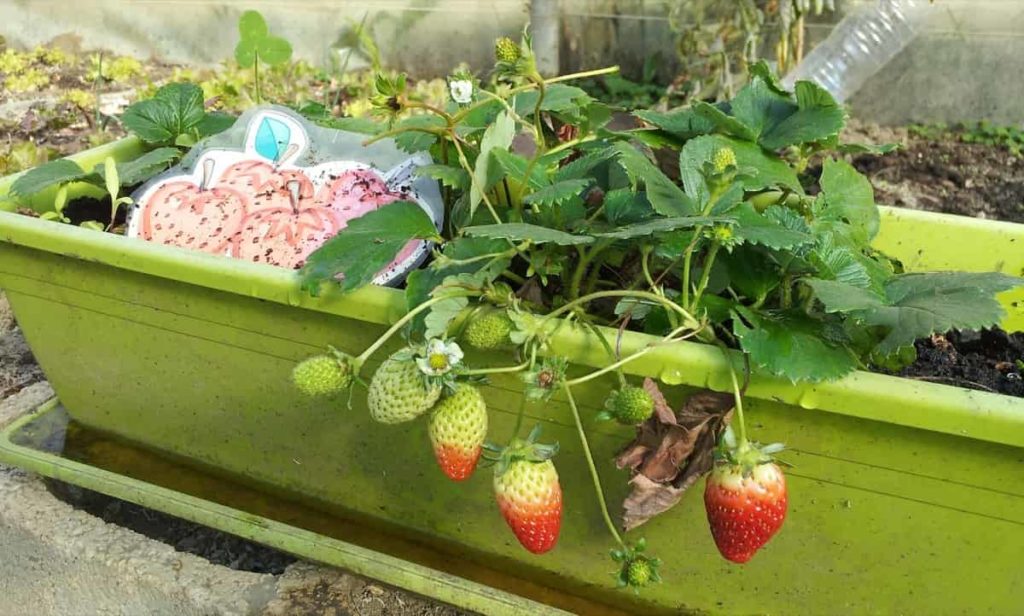
Problems and their solutions for getting more production in terrace farming
Every plant is susceptible to pests and diseases. To avoid such pests and diseases, we must do pest control properly.
- The most common pests are black and white bugs, mealybugs, aphids, and spider mites. To get rid of these pests, mix 5 ml of neem oil in 1 liter of water and spray the plants every 15 days. You can also easily make homemade organic insecticides with chili, garlic, and neem.
- The major types of pests in terrace gardening are sucking insects like jassids, mealy bugs, whiteflies, aphids, and thrips, which transmit viruses that cause leaf curl, yellow mosaic, and wilting in plants. In addition, many bacterial and fungal diseases such as powdery mildew, damping-off, anthracnose, late blight, black spot, leaf spot, black rot, canker, common blight, etc., affect plants growing on terraces.
- Maintain good hygiene – It's not enough to keep the growing area or container clean; you also need to take proper care of the tools you use. Maintain proper hygiene to ensure you don't accidentally get insect pests or diseases.
- Keep the soil aerated – Timely tillage is important to keep your soil free from pests and diseases. Make a practice of turning topsoil around the crop whenever possible.
- Healthy plants are immune to pests and diseases. Adequate sunlight, right container size, rich fertilizer, plenty of water, adequate spacing between plants, pest, and disease tolerant native crops and varieties, good management, etc., decide the health of terrace garden plants. Plant growth and production are affected if control measures are not taken effectively and timely. However, get some crops without pest management. Go for pest control for good yields.
- Good and clean management of the terrace garden and balanced nutrition will prevent most pests and diseases. Indigenous crops and varieties are more resistant to pests and diseases. Maintain maximum watering and see that the drainage hole is not blocked. Use rich, well-rotted compost in the potting mix. Re-apply organic fertilizers and avoid water stress at flowering and fruit sets. Once a week, a sprinkling of cow urine, vermicomposting extract, or panchagavya promotes luxuriant growth and reduces pests and diseases. Multiple crops, mixed crops, and crop rotation are very useful. A well-planned and well-managed roof garden produce 25 to 50 kg of vegetables annually from 1 square meter of area.
Cost-effective terrace farming for more production
- To get the most out of a rooftop garden, start small. Grow plants that fit in small spaces like herbs, vegetables like peppers, or microgreens. This way, you can grow various vegetables in a small space. Grow low-maintenance plants that require little effort to enjoy good yields, like Cherry Tomatoes, Spinach, Peppers, or Fenugreek.
- Reuse and repurpose your old furniture – Use and turn them into containers for your plants. Old cartons, cardboard boxes, paint boxes, dinnerware, tables, anything can turn into a container. You don't need to buy separate containers to grow your plants. Instead, you can decorate and use free things lying around your house. It will not only save you money but also reduce your waste generation. Buying in bulk is always a better way to cut costs.
- No matter how well you take care of your plants, pests will find their way back to your plants. You can use natural pesticides to protect your plants and keep all the pests away. It is easy to make natural insecticides by mixing soapy water, neem oil, and baking soda. Spray this magical mixture on your plants and watch them grow with unwanted insects flying around. Instead of using chemical fertilizers, use organic residues like banana peels, coffee peels, fruit peels, or tea compost to add nutrients to your plants.
- Organic fertilizers support ecosystems and provide healthier crops than chemical fertilizers. A slow-release fertilizer provides a slow and steady supply of nutrients to the plant, which is important for its healthy and continued growth.
- Creating a terrace garden – A terrace garden in a greenhouse setup will cost between Rs. 75,000 and Rs. 90,000 at current prices.
In case you missed it: How to Start Organic Container Gardening: A Step-By-Step Growing Guide for Beginners
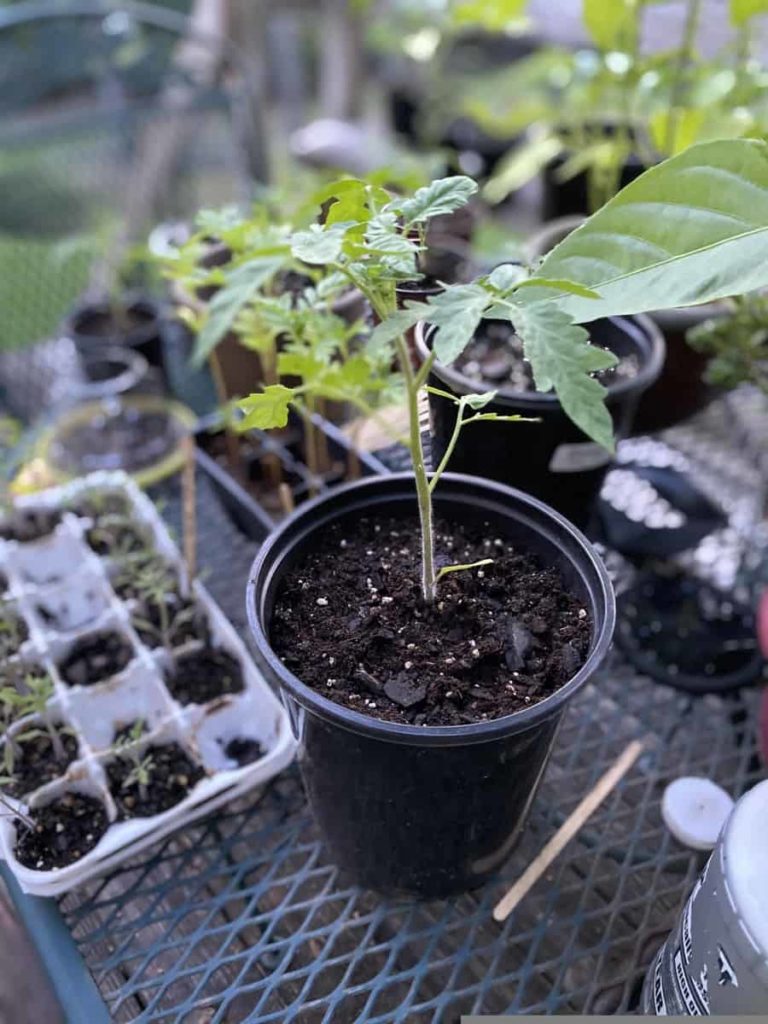
Conclusion
Terrace farming is increasingly popular in cities, thanks to the lack of space and citizens' need for a green environment. Therefore, it is natural to serve as a healthy, alternative place to grow a garden for open rooftops in cities (summer conditions permitting). Estimate how much it will cost to build a farm, purchase all materials and equipment, and the total cost from planting to harvesting. Rooftop gardening can be a great way to enjoy fresh produce and herbs from your home. It can also be a fun hobby and helps you connect with nature. The above information helps to make more products in terrace farming.
Source: https://www.agrifarming.in/15-key-rules-for-successful-terrace-farming-gardening-check-how-this-detailed-guide-helps-beginners